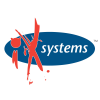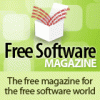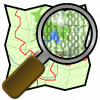General troubleshooting techniques and tools for LInux
In this session, several girls who are involved as users of and contributors to open source projects present some of their work. This is followed by a Q&A session for the audience to explore how to get girls involved in open source.
How to use open source tools to create a completely (or nearly so) automated deployment system.
An introduction to some of Vim's more useful intermediate and advanced features
An introduction to the basics of trademark law, along with best practices recommendations.
Color Management has moved from being a niche area to one of importance to both high-end professionals and average end users. This talk will present firsthand information on the hows and whys of implementing and using color management.
We will question the 1% female representation to FOSS development projects by proposing a critical analysis and overview of women's contributions to FOSS, which turns them from absent to invisible for the community.
If we really want world domination of free and open source software, we need to have the self-help guides worthy of our code--this talk shows you how.








